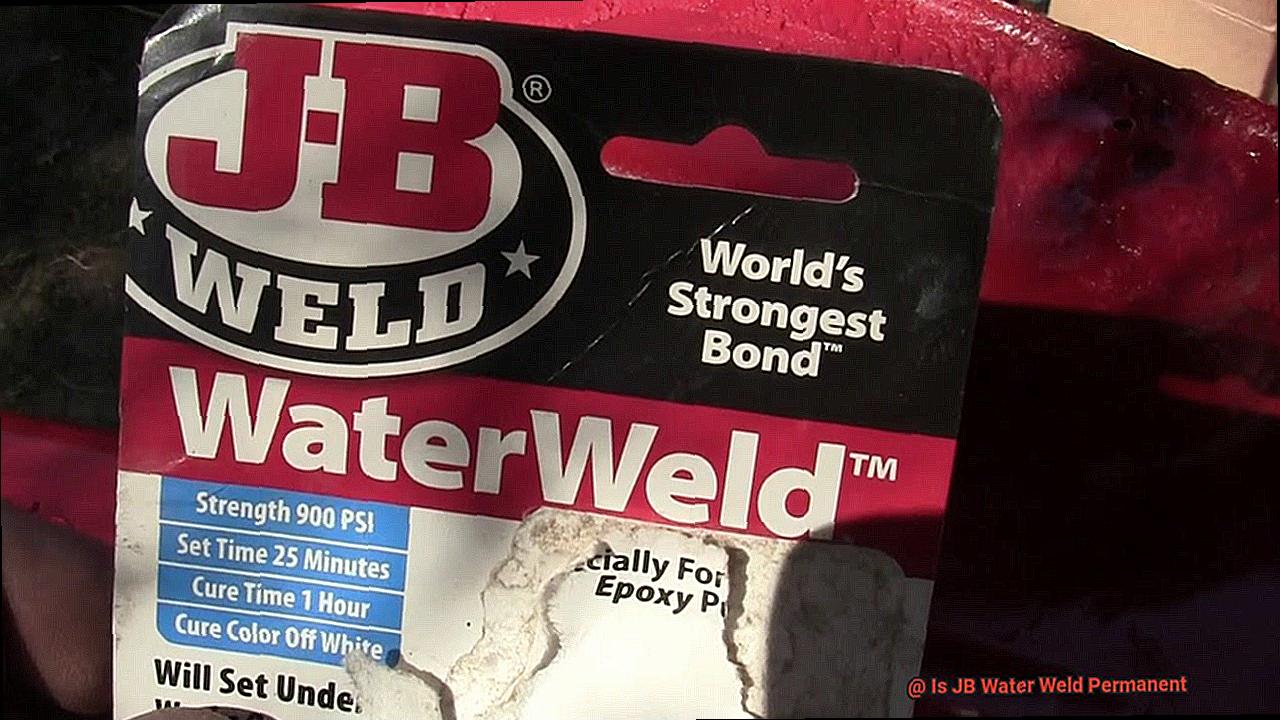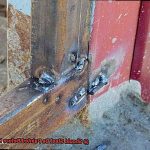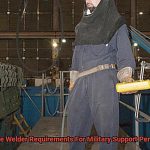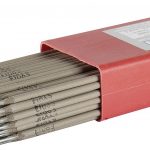Are you a welding enthusiast in search of a powerful machine that delivers impeccable performance?
Look no further than the Lincoln Square Wave 200 TIG Welder. However, as with any product, this welding machine is not without its flaws.
Despite offering great features and functionality, it has been known to present certain problems for users. This versatile machine boasts high-quality TIG welding, arc welding, and stick welding capabilities.
Yet many users have reported experiencing issues such as inconsistent welds, gas leaks, and foot pedal malfunctions that can cause frustration and inconvenience. In this comprehensive blog post, we’ll delve deep into the common problems associated with the Lincoln Square Wave 200 TIG Welder.
Whether you’re facing issues with the foot pedal or struggling with gas leaks and inconsistent welds, we’ve got you covered. We’ll explore these problems in detail and provide potential solutions to help you keep your machine running smoothly.
If you’re considering investing in the Lincoln Square Wave 200 TIG Welder or already own one but are experiencing issues, read on to learn how to troubleshoot these problems and get back to producing top-quality welds.
What is the Lincoln Square Wave 200 TIG Welder?
Contents
Let’s dive deeper into what makes the Lincoln Square Wave 200 TIG Welder so special. This welding machine is incredibly versatile and can be used for both TIG and stick welding.
Its advanced features include variable frequency, adjustable balance control, and AC frequency control, which allow for greater control and precision when welding various materials. You’ll love the ease with which you can create professional-quality welds.
The Lincoln Square Wave 200 TIG Welder also boasts a user-friendly interface that is easy to navigate, making it perfect for welders of all skill levels. The digital display provides clear and concise information about the weld settings and current amperage.
Additionally, the built-in pulse feature allows for greater control over the heat input during the welding process. One of the most impressive features of this welding machine is its portability.
At only 46 pounds, it is incredibly lightweight and easy to transport from job site to job site. This makes it perfect for welders who need to work in remote areas or on location.
However, like any piece of equipment, the Lincoln Square Wave 200 TIG Welder may encounter some issues during operation. Common problems include difficulty maintaining a stable arc, trouble striking an arc, and foot pedal control issues.
These issues can be caused by various factors such as improper gas flow or incorrect tungsten size or type. Fortunately, many of these issues can be easily resolved with proper maintenance and attention to detail.
By addressing these issues early on, you can ensure that your welding projects are completed with precision and accuracy. In conclusion, the Lincoln Square Wave 200 TIG Welder is an excellent choice for your next welding project.
Common Problems Welders Face with the Lincoln Square Wave 200 TIG Welder
It’s a machine that offers versatility and high-quality performance, which is why it’s such a popular choice among welders.
However, like any welding machine, it can present some challenges to users. In this blog post, we will discuss some of the most common problems that welders face when using the Lincoln Square Wave 200 TIG Welder.
One of the most frequent issues that welders encounter with this machine is difficulty in achieving consistent arc starts. This can be attributed to a few factors, including improper tungsten preparation, incorrect amperage settings, and electrode contamination.
To ensure a smooth arc start, it is crucial to have a properly sharpened tungsten electrode and to adjust the amperage settings according to the thickness of the material being welded. Additionally, keeping the electrode clean and free from contamination is essential for maintaining a stable arc.
Another issue that welders may face with the Lincoln Square Wave 200 TIG Welder is poor weld quality, particularly when working with aluminum. This can be caused by inadequate gas coverage, improper filler rod selection, or insufficient welding speed.
Achieving high-quality welds on aluminum requires using a high-purity argon gas and ensuring proper gas coverage throughout the welding process. The choice of filler rod also plays a crucial role in achieving strong and durable welds on aluminum.
Additionally, maintaining proper travel speed and avoiding excessive heat input can help prevent distortion and improve overall weld quality. Finally, another common problem with the Lincoln Square Wave 200 TIG Welder is overheating of the machine during prolonged use.
This can result in reduced performance and even damage to the equipment if not addressed promptly. To prevent overheating, it is important to ensure proper ventilation around the machine and regularly clean any dust or debris that may accumulate on the cooling fan or heat sinks.
Additionally, taking breaks during extended welding sessions and allowing the machine to cool down can help prevent overheating and prolong the life of the equipment. In conclusion, while the Lincoln Square Wave 200 TIG Welder is a reliable and versatile machine, it can present some challenges to users.
However, these challenges can be overcome by understanding the most common problems and taking the necessary steps to address them.
Inability to Maintain a Stable Arc
Welding is an art that requires precision and accuracy.
However, it can be frustrating when your equipment fails to maintain a stable arc. The Lincoln Square Wave 200 TIG Welder is a powerful machine, but it has been known to struggle in this area.
Don’t worry, we’re here to help. In this article, we’ll take a closer look at some of the possible causes and solutions for an inability to maintain a stable arc.
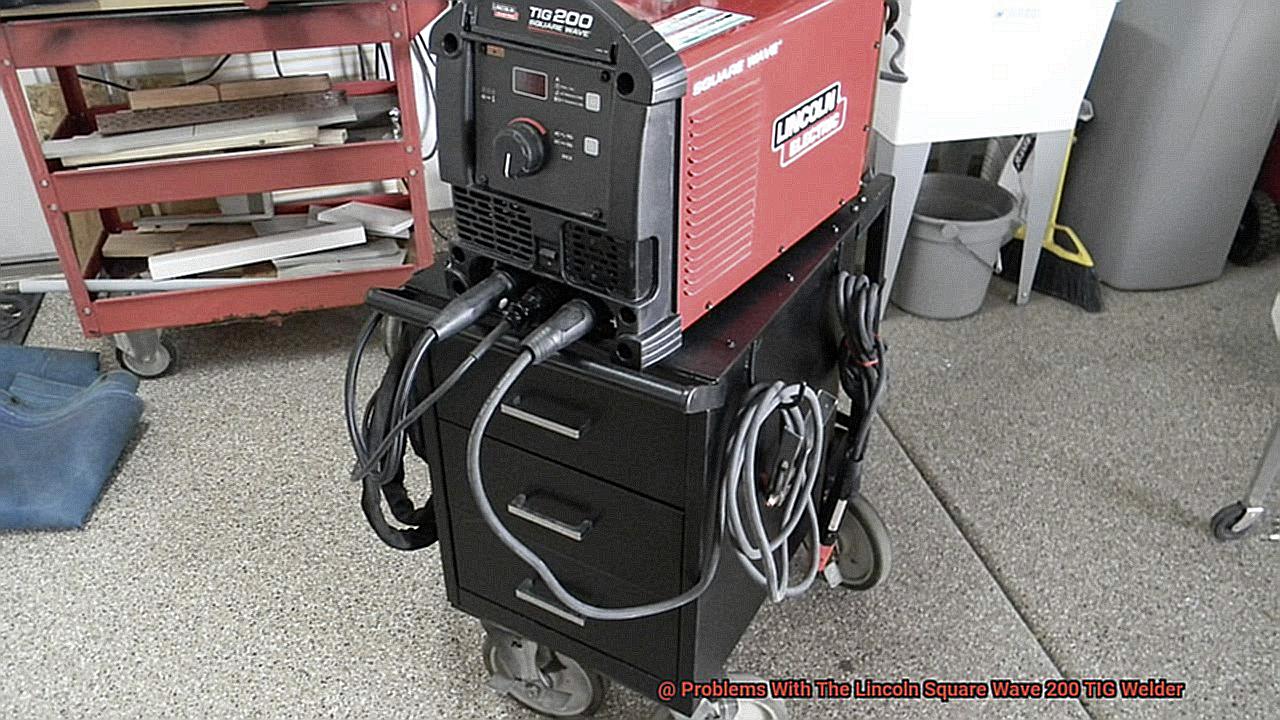
Firstly, improperly sharpened tungsten electrodes can cause instability in the arc. A blunt or overly pointed electrode will cause the arc to wander, leading to an inconsistent weld.
Sharpen your electrode correctly and ensure that it’s free from any debris or dirt. Another factor that can disrupt the stability of the arc is insufficient gas flow rate.
If there isn’t enough shielding gas flowing over the weld, contaminants can penetrate the arc and disturb its stability. Use high-purity argon gas and set the flow rate according to the thickness of your material.
Your welding technique could also be contributing to an unstable arc. The Lincoln Square Wave 200 TIG Welder requires a specific technique for maintaining a stable arc, so make sure you’re holding it at the correct distance from the workpiece.
Holding it too close or too far away can cause issues with arc stability. Lastly, the quality of your equipment can affect its ability to maintain a stable arc.
Faulty components or poor construction can lead to an unstable arc even if all other factors are taken into account.
So, troubleshooting these issues one at a time and making necessary adjustments will help you achieve better welding results and maintain a stable arc with your Lincoln Square Wave 200 TIG Welder.
Difficulty Striking an Arc
Before starting your welding project, ensure that you have checked the gas flow rate, electrode size, and tungsten type. If any of these factors are not set up correctly, it can lead to difficulty in striking an arc.
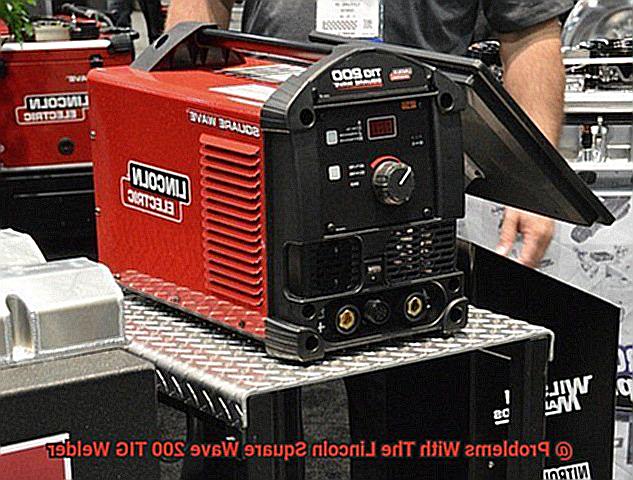
Therefore, take the time to set up your welding machine correctly before starting your welding project. Incorrect technique is another reason for difficulty in striking an arc.
Maintaining a proper distance between the tungsten and the workpiece while initiating the arc is crucial. If the distance is too far or too close, it can cause the tungsten to stick to the workpiece or cause an unstable arc.
Additionally, using incorrect amperage and voltage settings for the material being welded can also lead to difficulty in striking an arc. Faulty equipment can also cause difficulty in striking an arc.
The tungsten electrode may be worn out or contaminated, preventing a stable arc from forming. A gas leak or incorrect gas flow rate can also affect the ability to strike an arc successfully.
To prevent difficulty in striking an arc while using the Lincoln Square Wave 200 TIG Welder, ensure that you follow proper setup procedures and maintain correct technique. Regular maintenance of equipment and replacement of worn-out parts can also help avoid this problem.
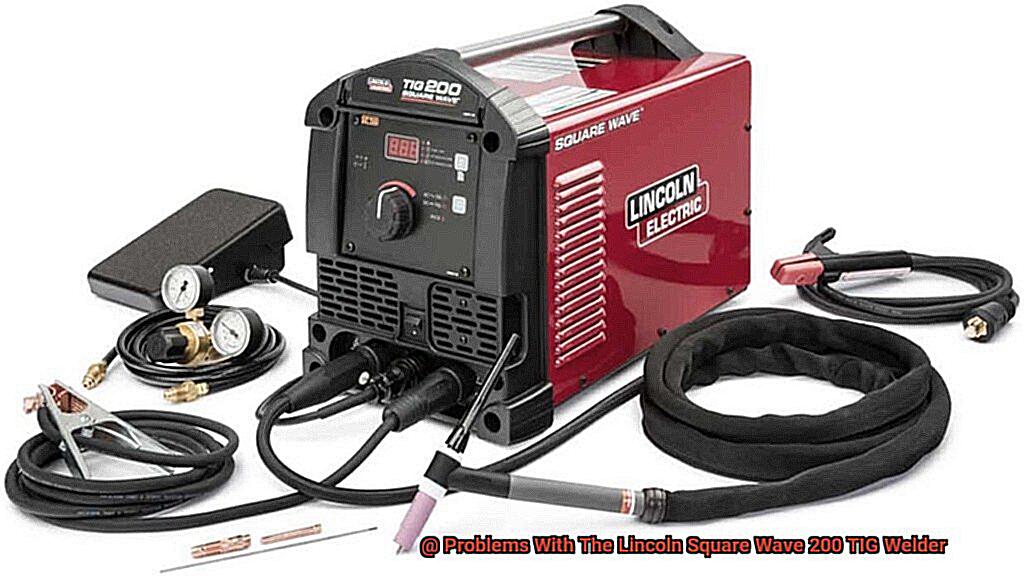
So, welding is not just a job; it’s an art that requires precision and attention to detail. With these tips, you’ll be able to prevent difficulty in striking an arc while using the Lincoln Square Wave 200 TIG Welder.
Issues with Foot Pedal Control
While this advanced machine offers a range of features, including foot pedal control, some users have reported difficulties with this component that can negatively impact the welding process.
One of the most common issues with the foot pedal control is the difficulty in adjusting the amperage precisely. Welders require accurate welds, and a poorly adjusted foot pedal can lead to inconsistent welds, which can be frustrating.
Additionally, some users have reported that the foot pedal control can be overly sensitive, making it challenging to maintain a consistent amperage. Another issue with the foot pedal control on the Lincoln Square Wave 200 TIG Welder is that it can be prone to failure.
The mechanical component can wear out over time, especially with heavy use. When this happens, it can be costly to replace and cause downtime for the welder.
To prevent these issues, proper maintenance and adjustment of the foot pedal control are critical. Regular cleaning and inspection of the internal components can help to prevent wear and tear and prolong the lifespan of the foot pedal control.
Additionally, investing in a high-quality aftermarket foot pedal control that offers precise and reliable performance can be beneficial.
So, while the Lincoln Square Wave 200 TIG Welder offers many advanced features such as foot pedal control, users should be aware of potential issues that may arise.
Potential Causes of these Issues
However, just like any other welding machine, it may experience issues that can lead to inconsistent welds and costly downtime.
In this section, I will delve into some of the potential causes of these issues and provide solutions to address them. One of the most prevalent causes of issues with the Lincoln Square Wave 200 TIG Welder is improper grounding.
If the welder is not grounded correctly, it may cause problems such as arc starting issues or poor weld quality. To ensure your welder is properly grounded, connect the ground cable to a clean and unpainted metal surface near the welding area.
By doing so, you can alleviate these problems and create stable arcs and high-quality welds. Another potential cause of issues with the Lincoln Square Wave 200 TIG Welder is incorrect torch setup.
This issue may lead to gas leakage or tungsten contamination, both of which can result in suboptimal weld quality. To prevent these issues from happening, make sure that the torch is correctly assembled and tightened according to the manufacturer’s instructions.
This simple step can help you create consistent and clean welds. A third possible cause of issues with the Lincoln Square Wave 200 TIG Welder is incorrect amperage settings.
If the amperage level is too high or too low, it may cause problems such as arc instability or poor penetration. Adjusting the amperage settings to the appropriate level based on the thickness and type of metal being welded can help you address this issue effectively.
By doing so, you can achieve optimal weld penetration and consistent welding results. Lastly, a faulty machine can also be a potential cause of issues with the Lincoln Square Wave 200 TIG Welder.
If your machine is not working correctly, it may cause various problems like inconsistent arcs or overheating. In such a scenario, seeking professional assistance in repairing or replacing the machine may be necessary.
By doing so, you can avoid costly downtime and ensure optimal performance from your welding machine. In conclusion, understanding these potential causes of issues with the Lincoln Square Wave 200 TIG Welder can help you troubleshoot any problems you may experience with your welder.
Solutions for These Issues
Like any other machine, it can face issues that may cause frustration for welders.
Don’t worry, though, as I have compiled some solutions to these common problems that will help you produce consistent and high-quality welds with ease. One of the most common issues welders face is overheating, which can occur due to prolonged use.
To avoid this issue, welders should take regular breaks and allow the machine to cool down between welds. Also, ensure that the machine is not placed in a confined space and is properly ventilated to prevent overheating.
Difficulty in striking an arc is another issue that can come up due to a dirty electrode or a contaminated workpiece. To tackle this problem, clean or replace the electrode and clean the workpiece using a wire brush or sandpaper.
Additionally, make sure that the tungsten electrode is positioned correctly and sharpened to a point. Poor weld quality is another common issue that can be caused by incorrect settings or improper technique.
To resolve this problem, use the correct settings for the type of material being welded and its thickness. Also, practice proper technique, such as maintaining a consistent travel speed and keeping the torch angle steady.
Lastly, gas flow or leakage issues could result in poor weld quality or contamination of the workpiece. Therefore, check for leaks in the gas line and ensure that the gas flow rate is set correctly.
Additionally, use high-quality gas and replace it regularly. By following these simple solutions, welders can overcome common issues with the Lincoln Square Wave 200 TIG Welder and produce high-quality welds with ease.
Proper Maintenance and Attention to Detail
This powerful machine can face numerous issues like overheating, poor weld quality, and gas flow or leakage problems if it’s not maintained correctly.
However, with a little care and attention, welders can avoid these issues and produce consistent, top-quality welds with ease. The first step to keeping your Lincoln Square Wave 200 TIG welder in tip-top condition is to follow the maintenance instructions in the manual.
These instructions include cleaning and inspection procedures as well as information on when to replace key components like the tungsten electrode and gas lens. Regularly inspecting and cleaning the gas lines and using high-quality gas filters can also prevent contamination of the gas lines, which can cause blockages and ultimately lead to poor weld quality.
Another crucial maintenance task is to check and adjust the welding parameters, such as the amperage and gas flow rate, before every job. Proper calibration of these settings is critical in achieving consistent and high-quality welds.
Therefore, paying attention to detail in setting up the machine for each job is absolutely essential. Maintenance isn’t the only factor that contributes to the longevity of your Lincoln Square Wave 200 TIG welder.
Welders must also handle the machine with care during use. Dropping or hitting the machine can cause severe damage, while extreme temperatures and moisture can lead to rust and corrosion over time.
By protecting it from these elements, you can prolong its lifespan significantly. In conclusion, taking proper care of your Lincoln Square Wave 200 TIG welder is vital for producing high-quality welds consistently.
By following maintenance instructions, regularly inspecting and cleaning gas lines, checking welding parameters before every job, handling the machine with care during use, and properly storing it when not in use, welders can ensure that their machine operates at peak performance every time.
k4KcQFqPxTA” >
Conclusion
In conclusion, the Lincoln Square Wave 200 TIG Welder is a powerful and versatile machine that can provide welding enthusiasts with high-quality performance.
However, like any other product, it has its flaws that can cause frustration and inconvenience to users. Some of the most common issues associated with this welding machine include difficulty in maintaining a stable arc, trouble striking an arc, gas leaks, foot pedal malfunctions, overheating, and poor weld quality.
Thankfully, many of these problems can be easily resolved through proper maintenance and attention to detail. By understanding the potential causes of these issues and following the suggested solutions, welders can achieve optimal performance from their welding machine.
To ensure consistent and high-quality welds every time, it is essential to follow the manufacturer’s instructions for maintenance and calibration before every job. Additionally, handling the machine with care during use and protecting it from extreme temperatures and moisture can significantly extend its lifespan.
